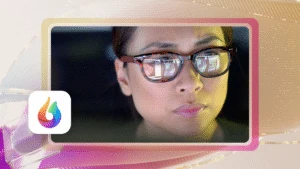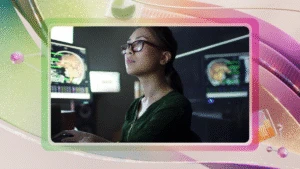
Best practices for personalizing healthcare in the digital age

One of the most pervasive challenges facing the healthcare industry today is siloed information. This disconnect limits information accessibility, data uniformity, and interoperability among systems. Thus, there is a constraint on how personal you can get with the information in its current form. This can mean the difference between clinicians having access to genetic information about the patient or just their social situation or health status to use for clinical decision support.
Many healthcare systems in their current state are at a crossroads – they can be convoluted, disconnected, and often do not span venues of care very well. This type of system used to be acceptable when everything that mattered happened to you in either the hospital or clinic. Now, what matters is not only what happens in an acute care setting or outpatient setting in the hospital, but also other settings such as outpatient care not affiliated with the hospital, to care in the home, or retail clinics. Over the last few years, there has been a blossoming of all these places where people expect to get their care and yet an inability to access the necessary information, so the industry is starting to look at digitization to bridge those gaps. The result is that the consumer can get care when and where they want, and all parties have the necessary information to make decisions specific to them.
[msce_cta layout=”link_only” align=”center” linktype=”blue” linkurl=”https://info.microsoft.com/ww-landing-Engaging-Patients-in-the-Digital-Age-eBook.html?lcid=en-us” linkscreenreadertext=”Learn more about personalizing healthcare” linktext=”Learn more about personalizing healthcare” ][/msce_cta]
As an example, complete care management, supported by the Microsoft cloud, can now include critical data and insights from devices and wearables, social determinants, gym memberships, community programs, retail pharmacies, experience feedback, and personal preferences in addition to clinical data from the EMR that are all key to understanding the consumer holistically. This will ultimately allow for a 360-degree view of the consumer along with their behavioral patterns so that care plans, engagement efforts, and how they receive care can be personalized for them.
Complete care management systems also improve collaboration among the care team, regardless of discipline or location. Your care teams can evaluate a patient’s progress and perform assessments during a home health visit, then use group video or call chat to reach the pharmacist should a question come up about their medications. Personalized consumer experiences start with improved communications like these. Care teams that leverage Microsoft Teams can securely communicate with each other and share documents across functions and facilities, allowing care teams to have the most up-to-date information about their patients or members, and suggest next-best actions to keep them on a path to wellness. Patients won’t have to repeat themselves to each new member of their care team because the information has already been shared with them through Microsoft Teams.
As you think about improving the experience for your consumers and caregivers, having a platform with the ability to build low-code, proprietary applications become even more powerful. Microsoft Power Apps allows you to connect an app to external data sources and quickly build out new automated process flows that are being done manually today. From an app that supports discharge planning and physician mobile rounding to digital, auto-populated, pre-visit questionnaires for consumers to simply review and submit before being seen, PowerApps is harnessing the creativity of your internal stakeholders.
These personalized care technologies are going to be an expectation of the upcoming generations of consumers. Providers and caregivers are also going to expect that their technology becomes increasingly helpful and less intrusive and those expectations need to be met by providing more personalized care. Healthcare is going to become progressively more connected and intelligent, home or non-hospital based and exceedingly personalized over the next 5 years. That means we go from an accidental system to one that’s much more intentional and interactive. Do you have the right technology that will empower your organization on this digital transformation journey? Learn more about personalizing healthcare with technology.




